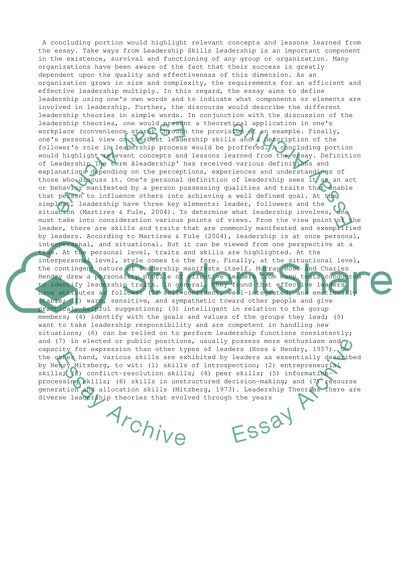Cite this document
(“Take Ways from Leadership Skills Speech or Presentation”, n.d.)
Retrieved from https://studentshare.org/management/1426679-takeways-from-leadership-skills
Retrieved from https://studentshare.org/management/1426679-takeways-from-leadership-skills
(Take Ways from Leadership Skills Speech or Presentation)
https://studentshare.org/management/1426679-takeways-from-leadership-skills.
https://studentshare.org/management/1426679-takeways-from-leadership-skills.
“Take Ways from Leadership Skills Speech or Presentation”, n.d. https://studentshare.org/management/1426679-takeways-from-leadership-skills.


